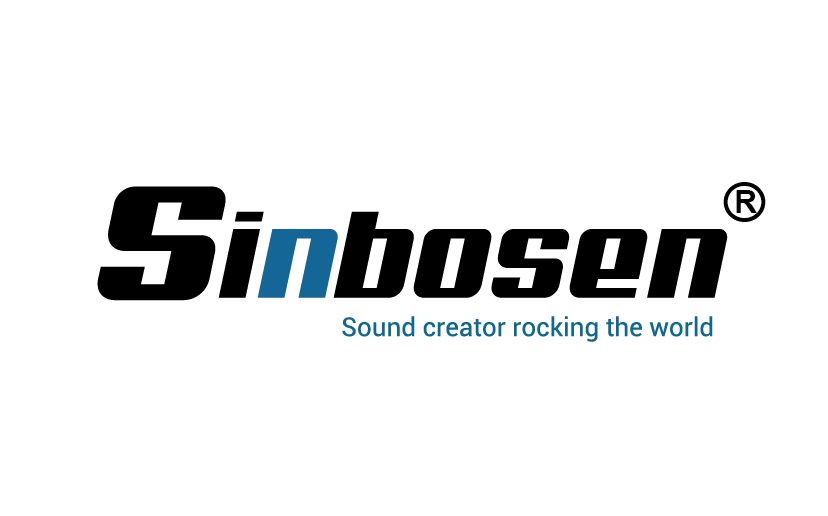Mixer Terminology—The Basics
As you shop for a mixer, you’ll run across terms that may be unfamiliar. To help you decipher the specs and features you’ll be reading about, we offer the following glossary that’ll help you navigate through all that information.
Channels
A channel is essentially a signal path. A mixer with a large channel count allows more things to be connected and routed through it. Channels are usually designed to accept microphones and/or line-level devices such as amplifiers, preamps, or signal processors. (Microphones and instruments such as guitars and basses output electronic signals that have a much lower level than line-level devices.)
Channel Strip
A channel strip is a group of circuits and controls that function together on a given mixer channel to affect the audio signals that pass through it. These usually include:
- an input jack where an external instrument, microphone etc. connects to the mixer. XLR inputs are balanced to minimize noise and interference. Other inputs accept RCA or quarter-inch TRS connectors.
- a microphone preamp that prepares the relatively weak mic signal for processing by raising it to line-level strength
- equalization, abbreviated as EQ, adjusts the signal’s frequency response
- dynamics processing that may include compression or gating (discussed below)
- routing that directs the signal to other mixer circuitry and external devices
- a fader, which slides along a track to control the input or output of a channel
- a meter that visually displays the output of each channel
I/O
This abbreviation refers to the inputs/outputs on a mixer. The number and types of inputs and outputs you’ll need is dictated by how you plan to use the mixer.
In a live sound mixing situation for example, you will need a mixer with enough inputs to handle the combination of microphones and other devices connected to it plus outputs to connect your main and monitor speakers. Depending on the types of speakers being used, the mixer may need to provide power to drive the main and monitor speakers. For mixing recordings on the other hand, you’ll want to consider how many performers and instruments you’ll need to capture simultaneously. The I/O calculation for studio mixers should also include other devices that will be part of the signal chain and recording process. These would include signal and effects processors, microphone preamps, headphones, monitor speakers, and instruments that connect directly to the mixer using DI (direct injection) boxes.
GROUP BUSES
Buses can be visualized as circuit intersections where the output from several channels meet. Each mixer channel routes its signals to a specific bus or group of buses. The master mix bus, which is fed by the channel faders, sends the main output of the mixer to speakers and/or or a recorder. Auxiliary buses (also called aux sends or aux buses) may be fed by the volume controls of the channels to which they’re connected, and send those signals via their own output jacks. These are referred to as post-fader sends. Aux buses may also operate independently of the channel’s volume, and are then called pre-fader sends. These outputs are useful for sending a specific mix of signals to headphones, effects processors, or monitor speakers.
Groups
Mixers with numerous channels often have a group function that allows you to control and process several channels collectively. A group works like a sub-mixer, sharing the same signal processing and routing, and since all channels are controlled with a single fader, the output to the master bus is more easily controlled. For example, all the mics used on a drum kit can be assigned to a single group, allowing easy control of the overall drum sound and volume. Some mixers that allow channel grouping also have a mute function. This is handy when you want to silence a group of inputs or open mics, such as when making onstage announcements. Some more advanced mixers also offer a “scene” function that allows you store various group configurations of muted and non-muted channels.
Inserts
A channel insert allows you to connect external sound processors like compressors and equalizers to specific channels, usually after the preamp stage of the channel. On larger mixers there may be a patch bay that allows connection of numerous external devices.
Direct Output
These allow feeding the mixer's preamplifier output to external audio interfaces and recording systems.
Cue System
Using the cue system you can listen in on selected channels without affecting the mixer’s output. Usually the signal is fed to a headphone amplifier or monitor speakers. Cue systems usually allow listening to the signal either before or after the fader has affected it. Pre-fader listening, abbreviated as PFL, lets you hear the original signal without sending it to a signal mix. After-fader listening (AFL) allows you to isolate the fader-affected signal, which is handy for troubleshooting signals. Some larger mixers have a Solo In Place (SIP) function that silences every channel other than the one being sampled, a useful feature when doing sound checks.
CONTACT PERSON
- Tel:
+86-020-86866877
+86-13342806188
- Email:
- sales7@sinbosen.com
- WhatsApp:
- 8613342806188
- Address:
- BUILDING A XINSHENG TECHNOLOGY PARK YINGBIN AVENUE WEST,XIUQUAN STREET HUADU DISTRICT GUANGZHOU GUANGDONG CHINA
COMPANY
CATEGORIES
- FP POWER AMPLIFIER
- DSP POWER AMPLIFIER
- 1U 4 ohms DIGITAL AMPLIFIER
- 1U 2 ohms DIGITAL AMPLIFIER
- 2 ohms Digital Amplifier V2.0
- Amplifier Module
- LINE ARRAY SPEAKER
- SUBWOOFER SPEAKER
- Point Source Speaker
- COAXIAL SPEAKER
- MONITOR SPEAKER
- COLUMN SPEAKER
- WIRELESS MICROPHONE SYSTEM
- WIRED MICROPHONE
- AUDIO PROCESSOR
- DRUM MICROPHONE KIT
- ANTENNA AMPLIFIER
- POWER DISTRIBUTOR
- HOT SELLING SET
- ACCESSORIES
Subscription
sign up for the latest catalogue, new design and promotion
QR code


